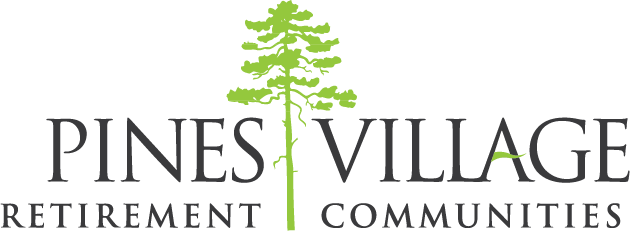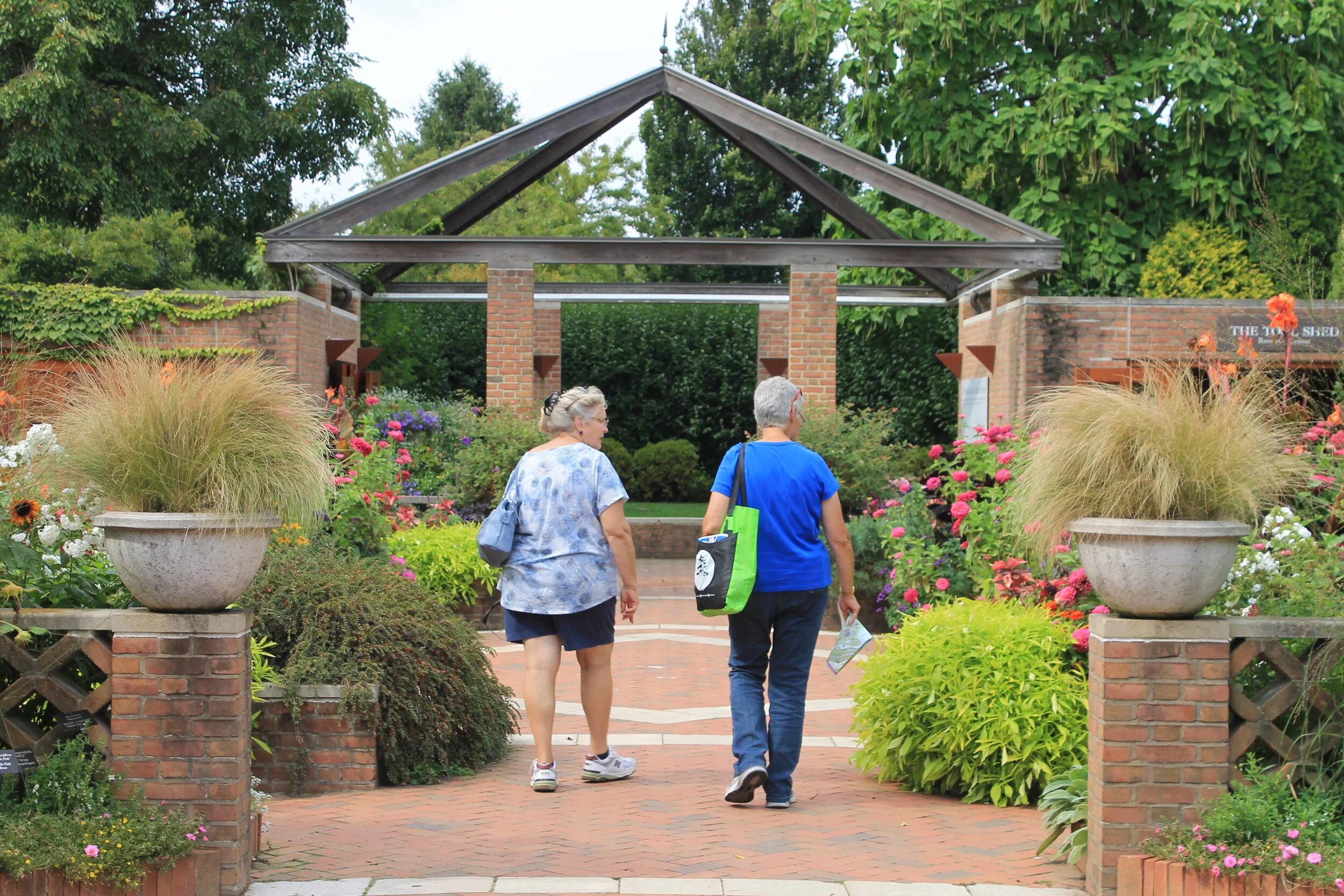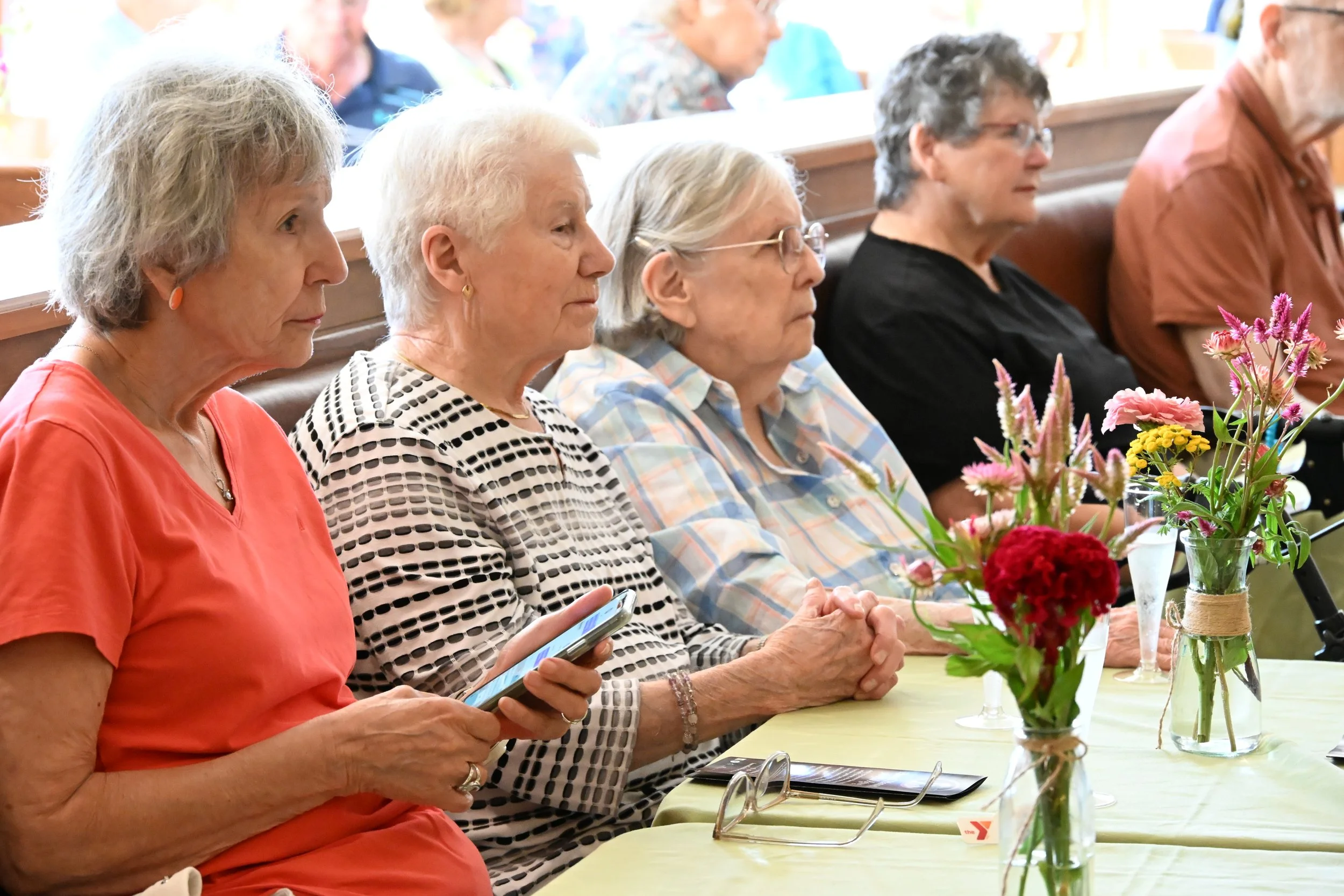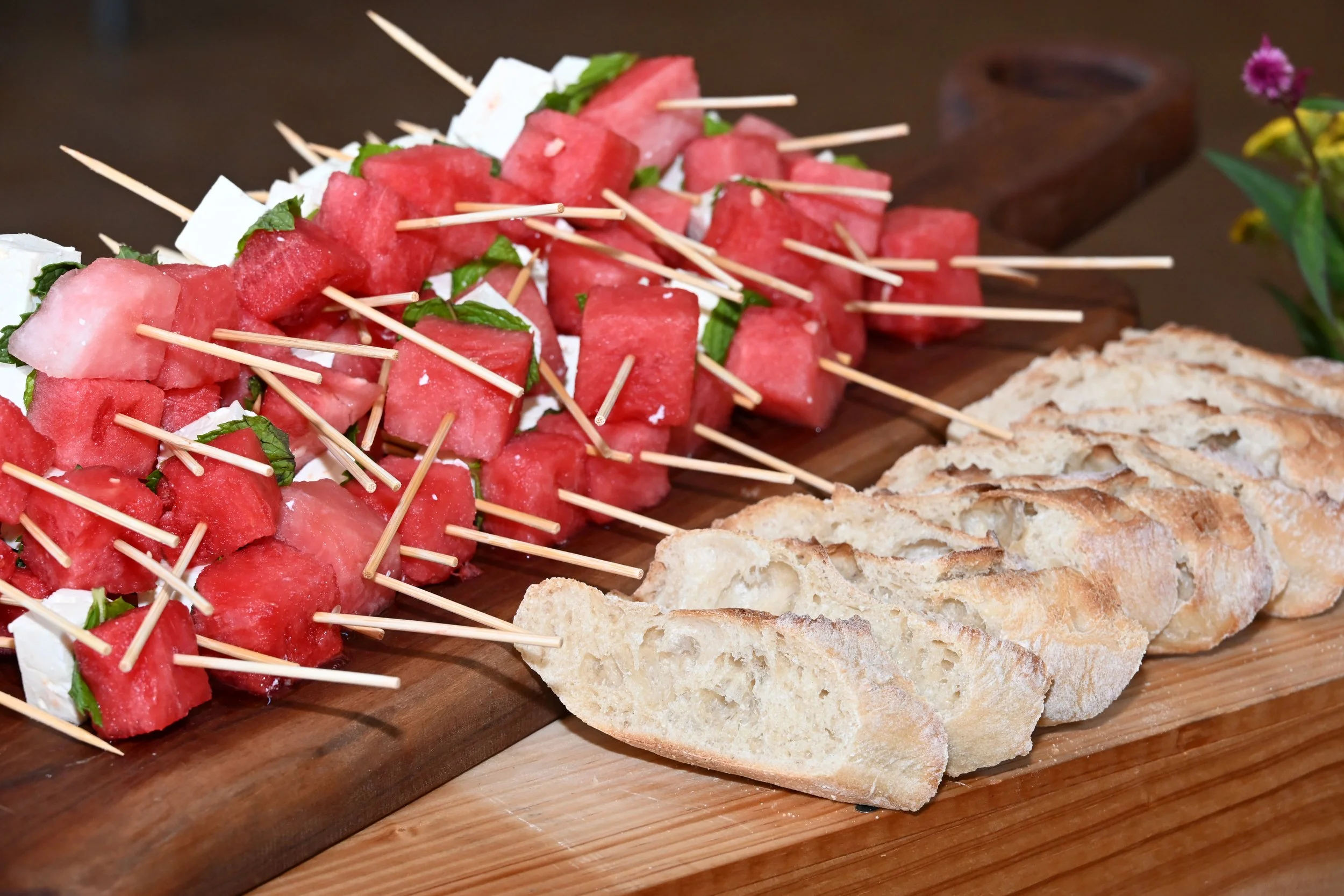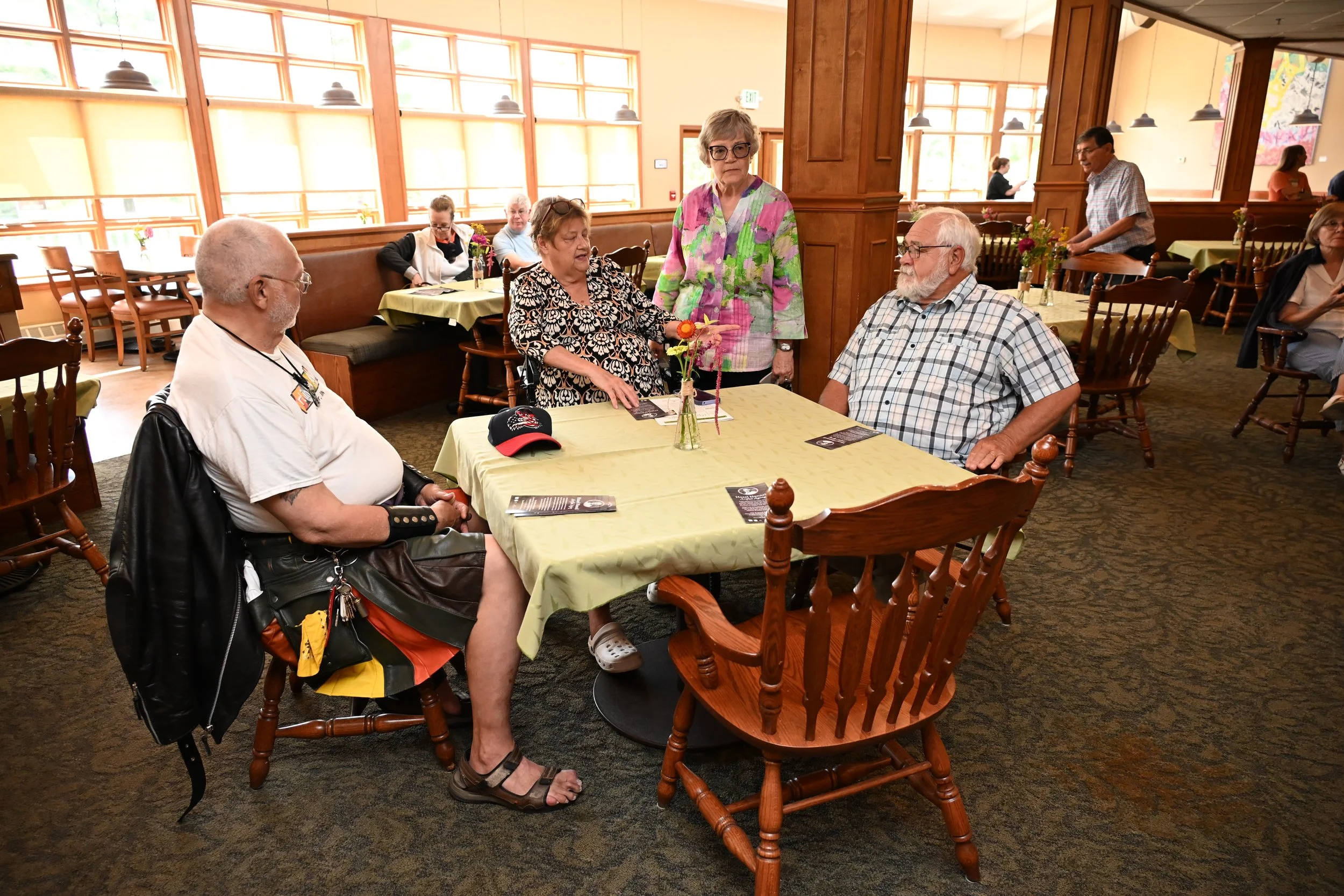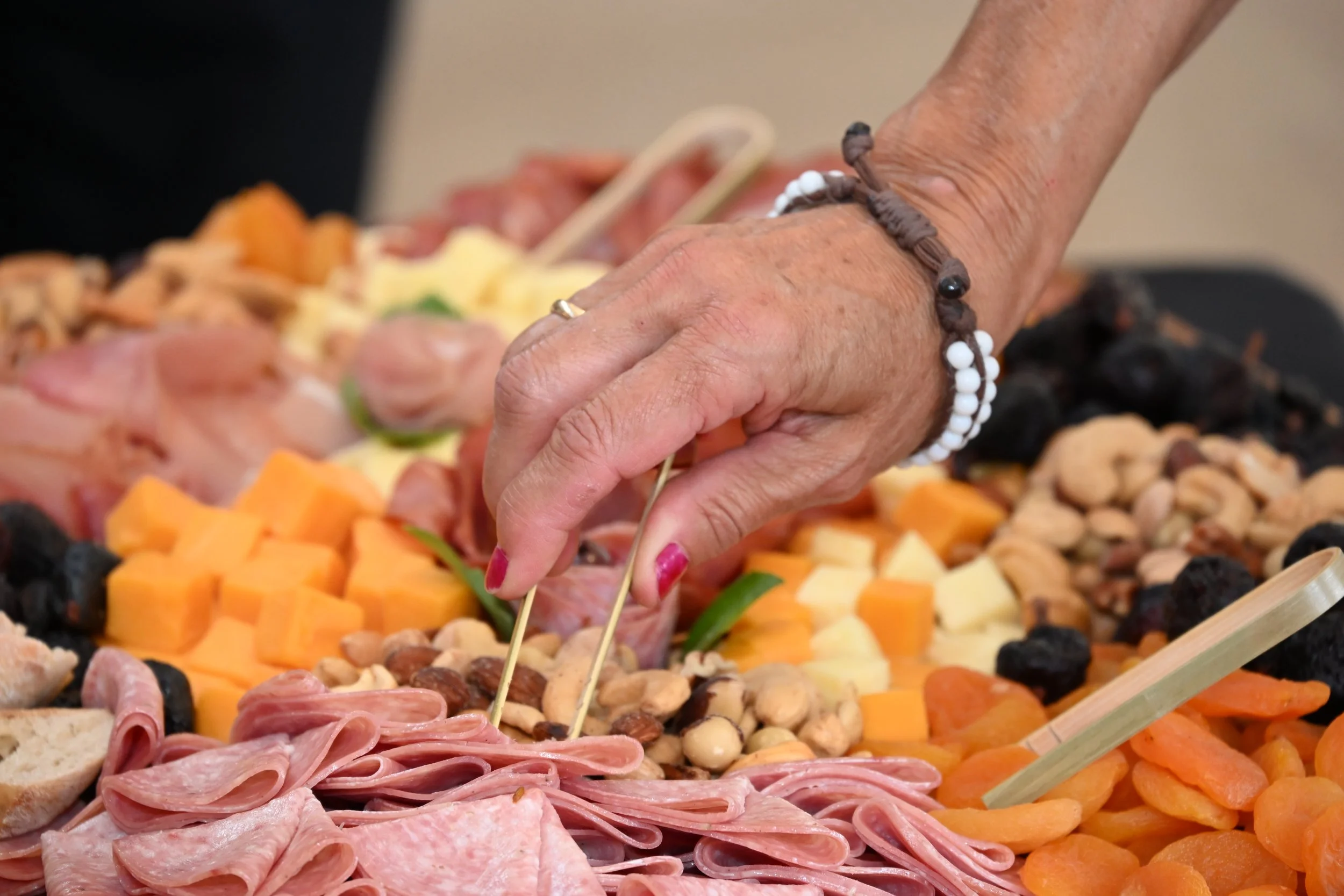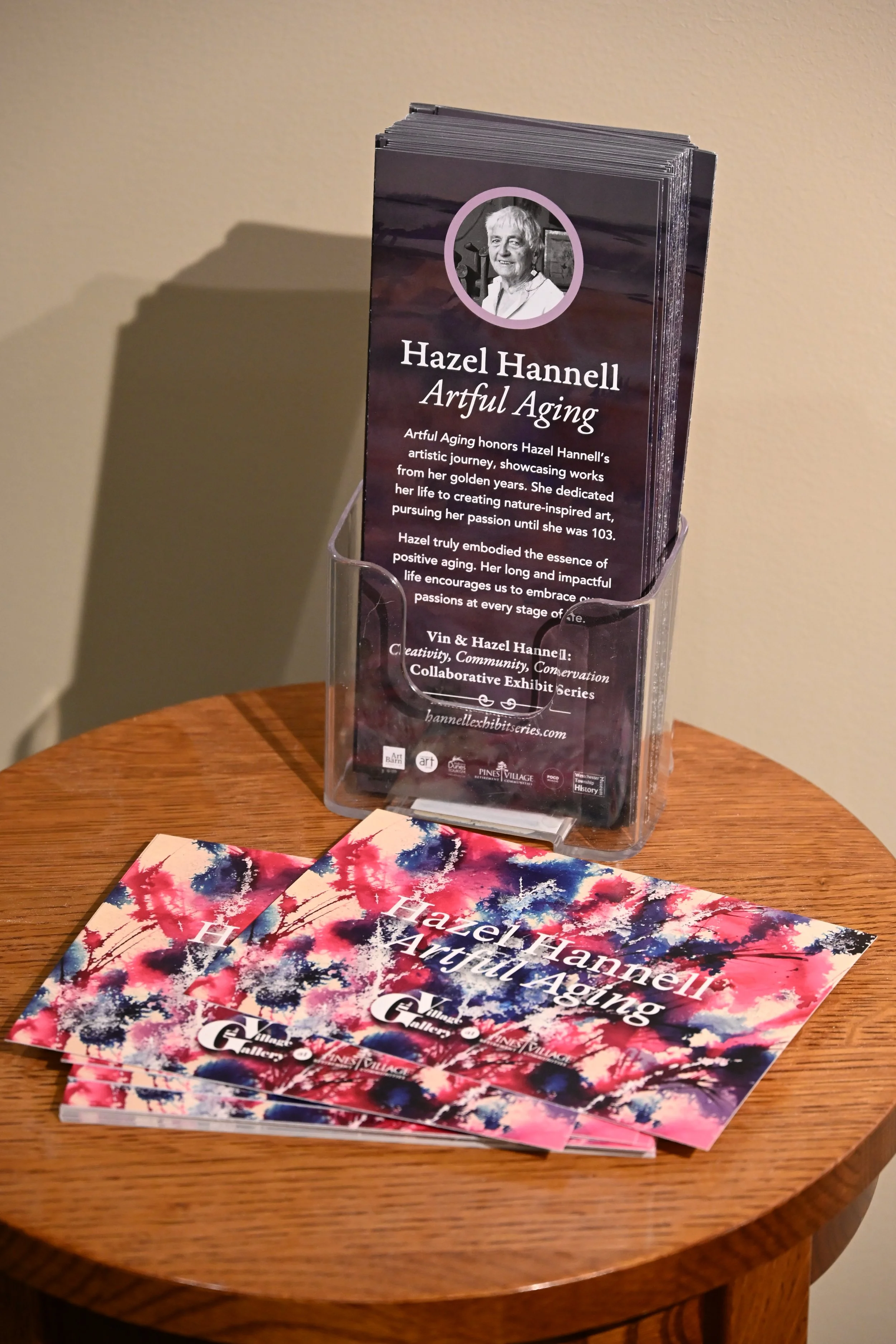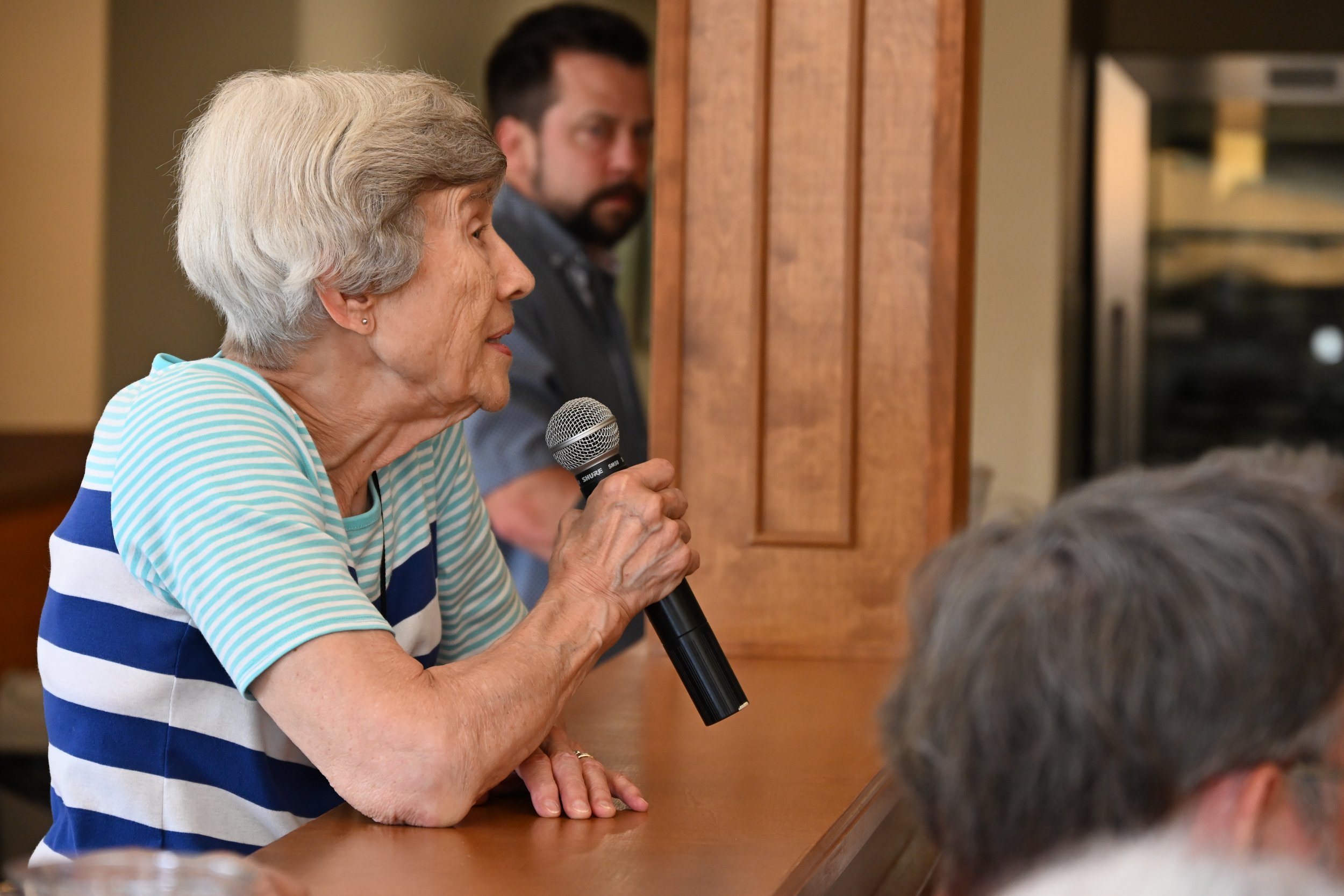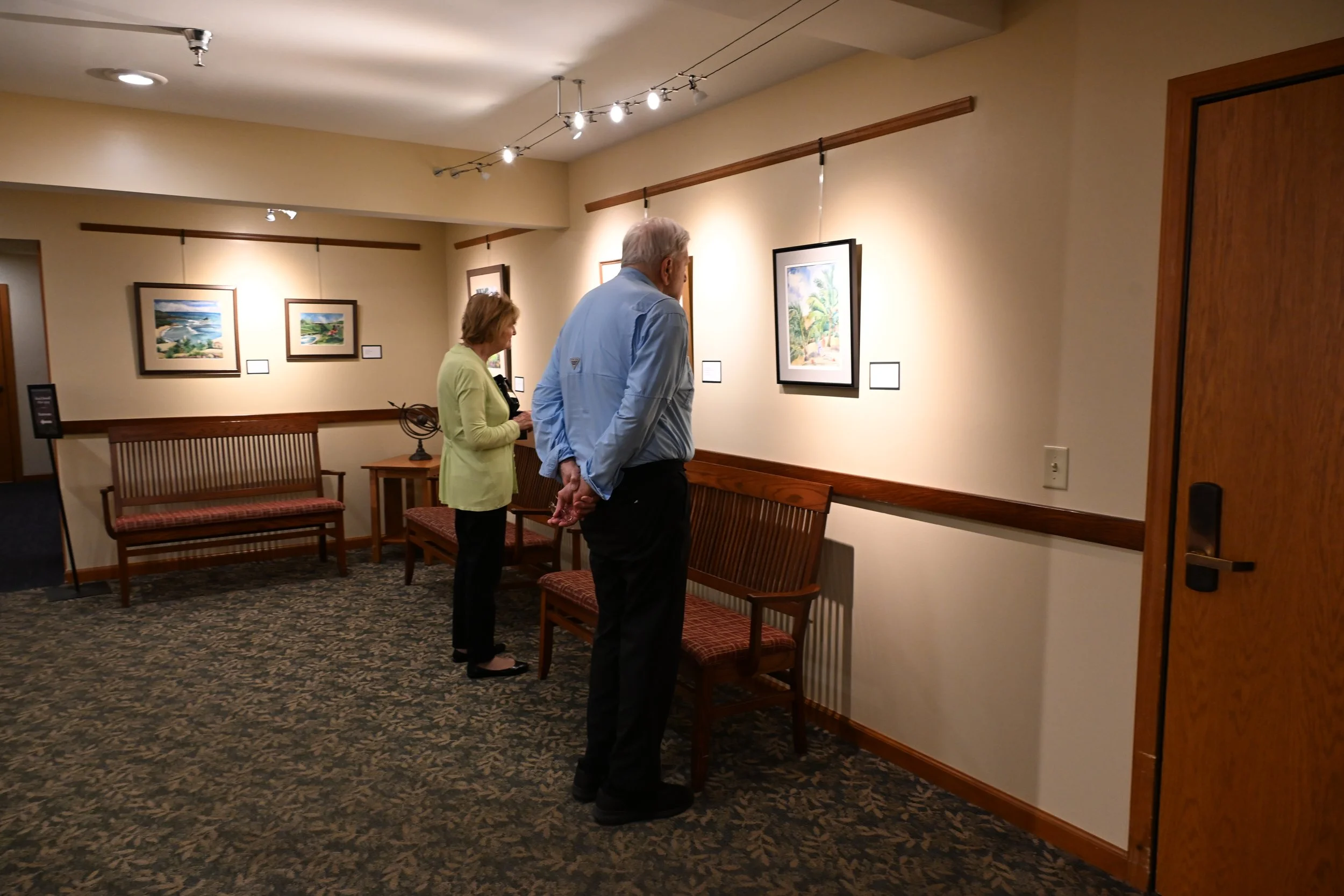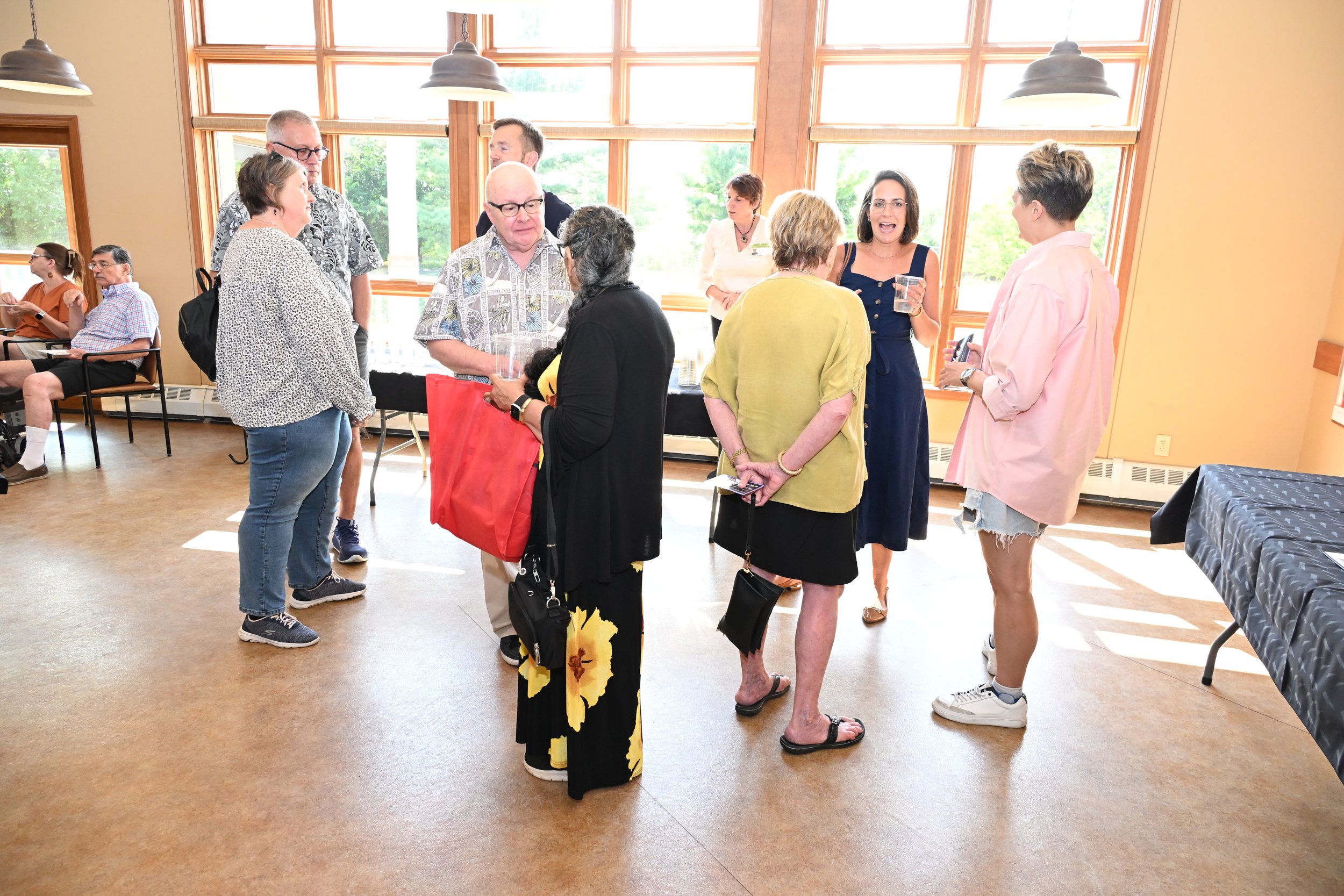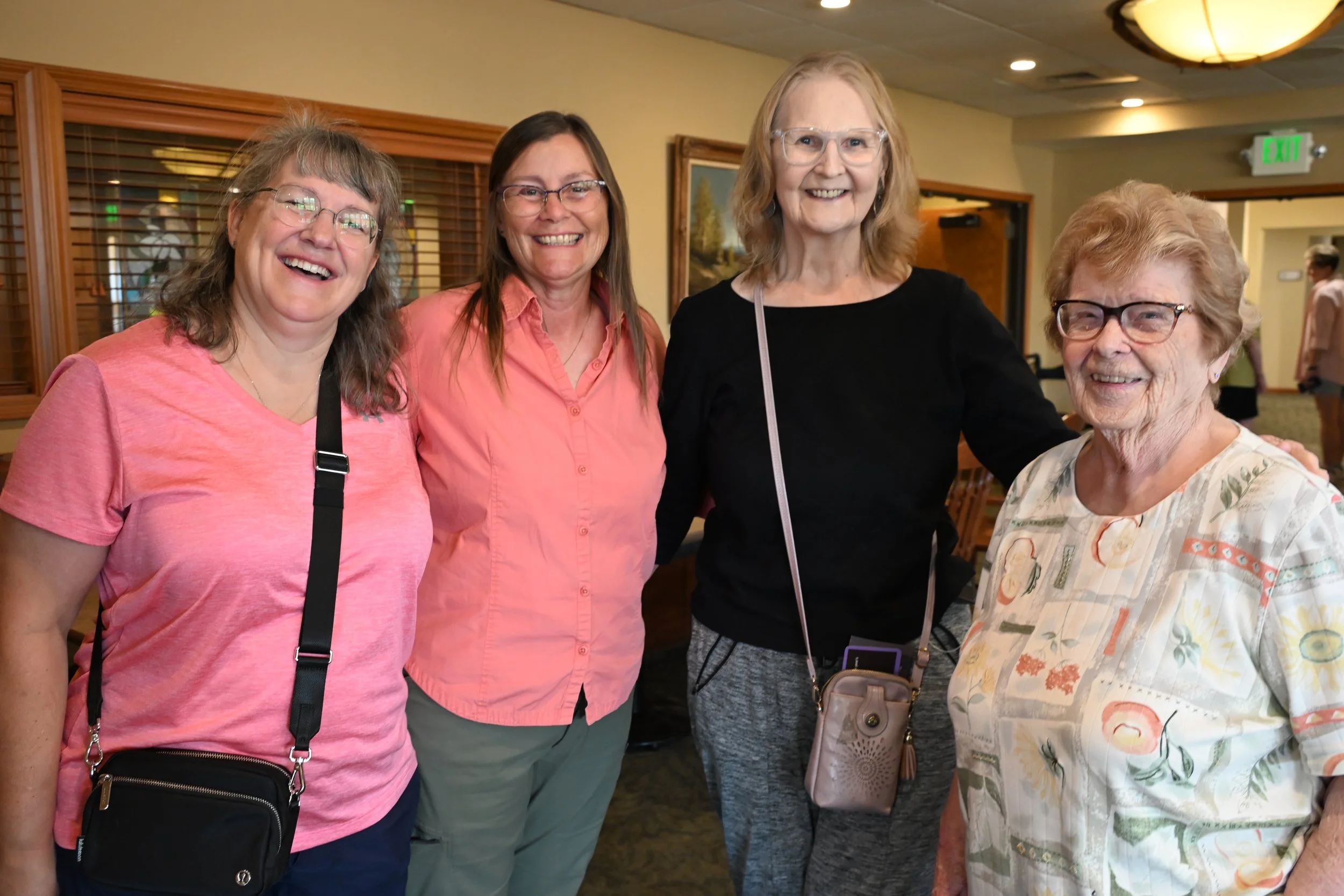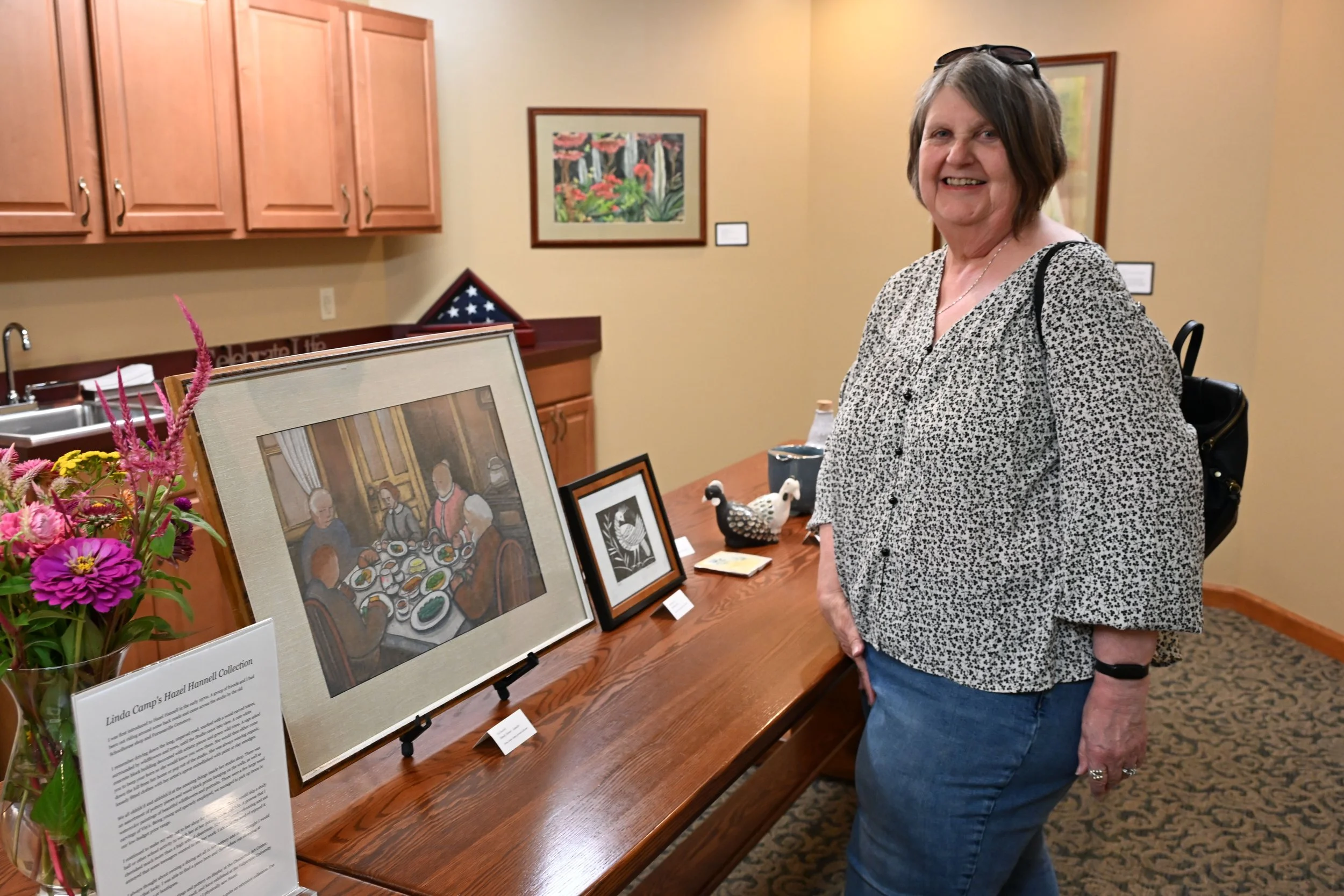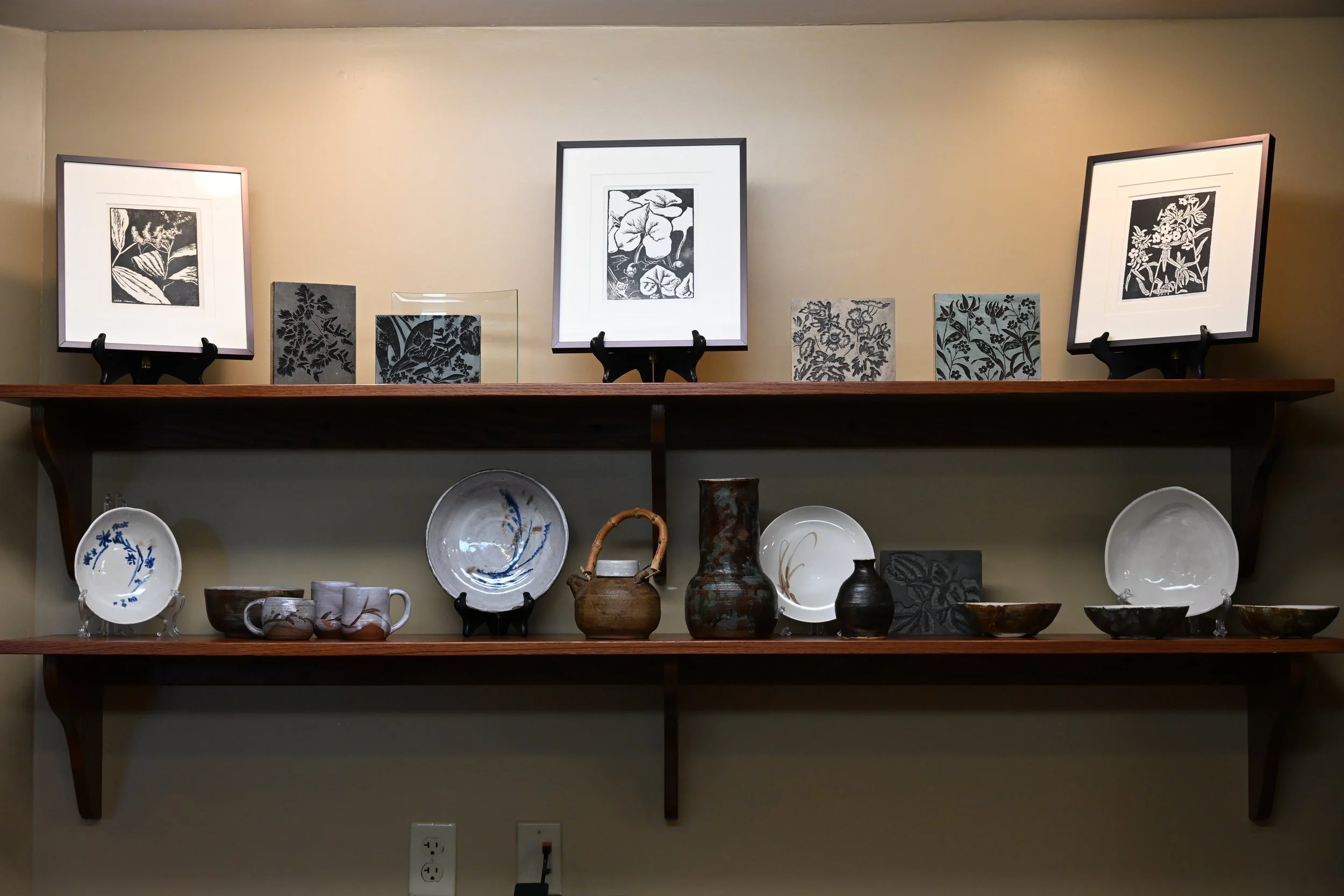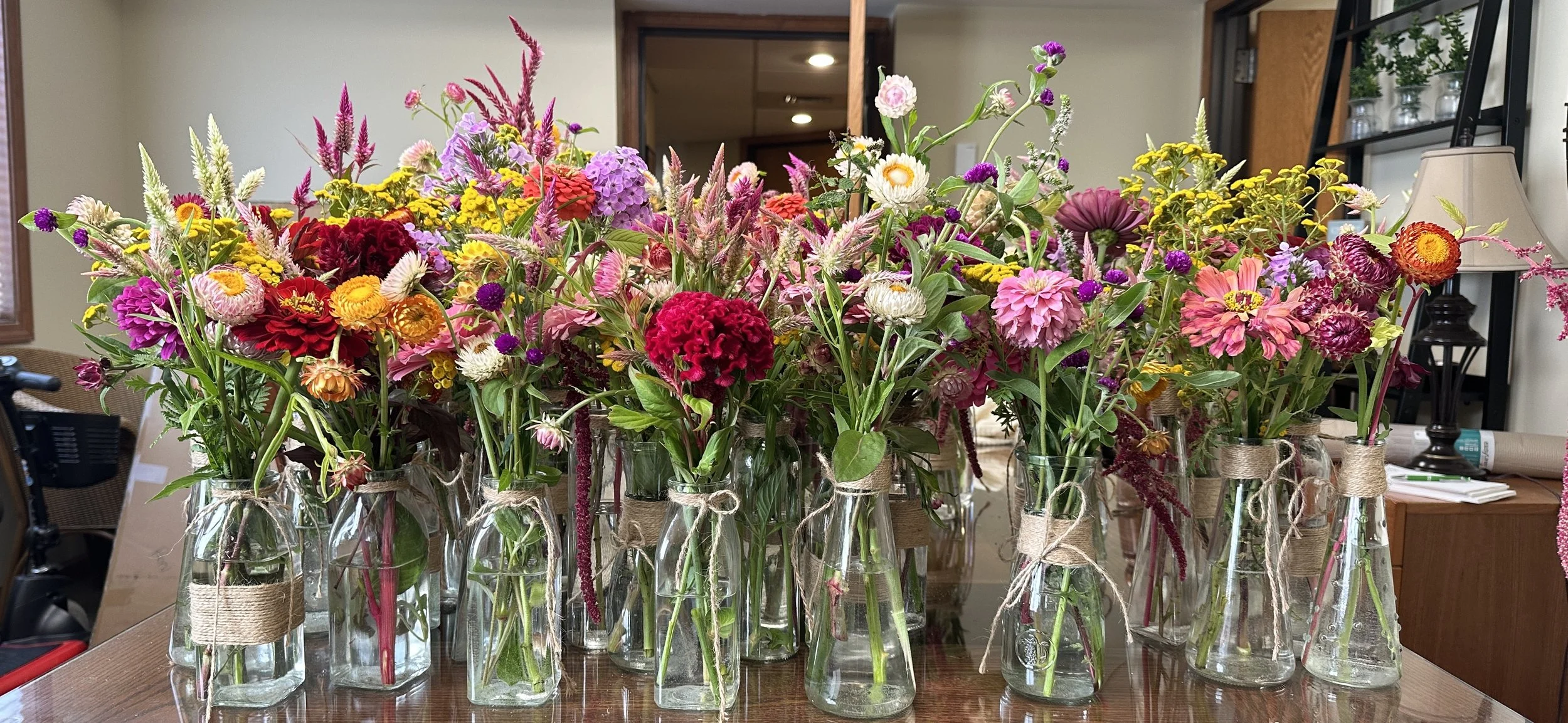Winter presents unique challenges for seniors, from chilly weather to shorter days that limit outdoor activities. Yet, it also offers an opportunity to refocus on health, wellness, and building meaningful connections. At Pines Village Retirement Communities, we believe every season holds potential for joy and vitality. With the right strategies, winter can be a time of thriving. Here’s how to maintain physical and mental well-being throughout the colder months.
Stay Active, Even Indoors
Physical activity is essential for maintaining overall health and energy levels, and winter is no exception. While outdoor activities may be limited, there are plenty of ways to keep moving indoors.
Try Low-Impact Exercises: Activities like yoga, tai chi, and chair aerobics are gentle on joints while improving flexibility, strength, and balance.
Take Indoor Walks: Utilize hallways, community spaces, or even your living area for walking. Regular movement can improve circulation and keep you energized.
Join Fitness Classes: Many communities, including Pines Village, offer group exercise sessions designed for seniors. These classes combine physical activity with social connection, making fitness fun and engaging.
Nurture Your Mental and Emotional Health
The darker, colder months can sometimes lead to feelings of isolation or the “winter blues.” Prioritizing emotional well-being is just as important as physical health.
Stay Connected: Reach out to family and friends through phone calls, video chats, or in-person visits when possible. Meaningful connections lift spirits and foster a sense of belonging.
Engage in Hobbies: Dedicate time to activities you love, whether it’s painting, knitting, puzzles, or reading. Creative hobbies keep the mind active and reduce stress.
Socialize Within the Community: Join group activities, book clubs, or social events within your community. Spending time with others can greatly enhance your mood and sense of purpose.
Fuel Your Body with Proper Nutrition
A healthy diet is key to supporting your immune system and overall vitality during winter. Hydration and seasonal nutrition should also be top priorities.
Embrace Seasonal Produce: Incorporate nutrient-rich winter vegetables like squash, sweet potatoes, and leafy greens into your meals. They’re flavorful, satisfying, and packed with vitamins.
Stay Hydrated: Despite the cooler temperatures, staying hydrated is crucial. Warm drinks like herbal teas or broths can help you maintain fluid levels while keeping you cozy.
Enjoy Wholesome Comfort Foods: Warm, hearty dishes like soups, stews, and casseroles are perfect for winter and provide essential nutrients in every bite.
Create a Safe and Cozy Environment
Safety and comfort are especially important during winter. A few simple adjustments can help create a warm, secure living space.
Prevent Falls: Use non-slip mats in high-traffic areas and ensure that walkways are clear and well-lit.
Dress for Warmth: Layer clothing to maintain body heat, and have blankets or cozy sweaters readily available.
Let in the Light: Open curtains or blinds during daylight hours to maximize exposure to natural sunlight, which can improve mood and regulate sleep patterns.
Connect with Your Community
Staying socially active is one of the best ways to beat the winter blues. At Pines Village Retirement Communities, we offer a vibrant calendar of events, from exercise classes to arts and crafts, movie nights, and group outings. Being part of a supportive, dynamic community provides countless opportunities to engage with others and enrich your daily life.
Embrace Winter Wellness
Winter can be a time of growth, joy, and connection with the right mindset and tools. By staying physically active, nurturing your mental health, and creating a safe environment, you can fully embrace the season.
At Pines Village Retirement Communities, we’re here to support your journey every step of the way. Let’s make this winter a season of well-being, happiness, and fulfillment—together.
